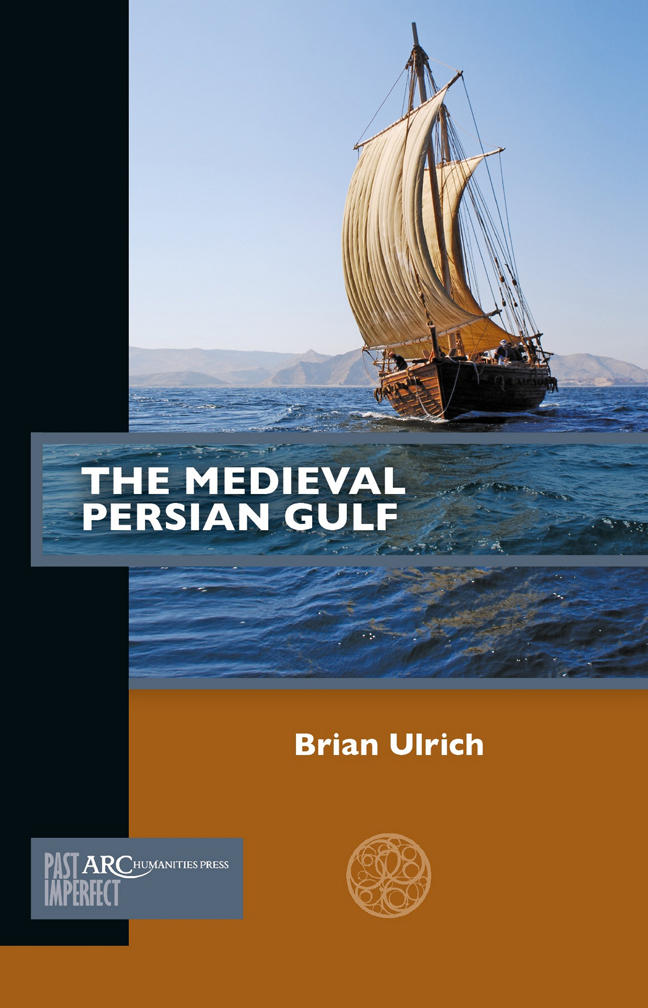Book contents
- Frontmatter
- Contents
- List of Illustrations
- Maps
- Timeline
- Introduction
- Chapter 1 Religious Diversity of the Early Islamic Era
- Chapter 2 Ethnic Diversity
- Chapter 3 The Society of Trade in the Early Islamic Period
- Chapter 4 New Trade Centres after 1000
- Chapter 5 Islamic Sects in the Late Medieval Gulf
- Chapter 6 Hormuz
- Conclusion
- Further Reading
Chapter 1 - Religious Diversity of the Early Islamic Era
Published online by Cambridge University Press: 20 February 2024
- Frontmatter
- Contents
- List of Illustrations
- Maps
- Timeline
- Introduction
- Chapter 1 Religious Diversity of the Early Islamic Era
- Chapter 2 Ethnic Diversity
- Chapter 3 The Society of Trade in the Early Islamic Period
- Chapter 4 New Trade Centres after 1000
- Chapter 5 Islamic Sects in the Late Medieval Gulf
- Chapter 6 Hormuz
- Conclusion
- Further Reading
Summary
In 2019, the municipal council of the island of Muharraq in Bahrain considered a petition to recognize a neighbourhood of a town called Dayr by its historic local name, an Arabic phrase meaning “Neighbourhood of the Monk.” “Dayr” itself is the Arabic word for monastery, and together the two names recall flourishing Christian communities along the shores of the Persian Gulf, one centred around monasteries and individual holy men often believed to have miraculous powers. These Christians lived in a multi-religious Gulf too little known today, such that when in 2021 Jewish communities of the six Arab Gulf states established the Beth Din of Arabia as a new religious court for civil disputes over personal status issues, inheritance law, and kosher certification, news outlets called it the region’s first communal organization, even though it might also have been cast as a rebirth of a once thriving Jewish religious life in the region.
The existence of Christian, Jewish, and Zoroastrian communities in the medieval Persian Gulf is too often obscured even in scholarly overviews of the region’s history, which still often focus on a narrative of Islam sweeping quickly across the peninsula and beyond, even though for other regions of the Middle East the fact that it was centuries before Islam became the majority religion has long been recognized. One problem has been that the most complete sources, those in Arabic, exist only from the 800s and later, while the Gulf sources from earlier times are more restricted in scope and often treated only by their own specialists. Taken together, however, they reveal a tapestry of people seeking their way amidst life’s trials in a multi-confessional religious culture of both conflict and coexistence.
Religious Communities of the Sasanian Era
Prior to the rise of Islam, the dominant Persian Gulf power was the Sasanian Empire, which ruled Iran and Mesopotamia since the third century. The religion which formed the ideological basis of Sasanian rule was Zoroastrianism, though exactly what that consisted of during the period is uncertain, as our most systematic accounts are from ninth and tenth-century digests of Sasanian-era Zoroastrian texts. Called by its adherents simply the “Good Religion,” Zoroastrianism was grounded in a collection of texts collectively called the Avesta, which refer to the teachings of an ancient figure named Zarathushtra, or Zoroaster to the Greeks.
- Type
- Chapter
- Information
- The Medieval Persian Gulf , pp. 9 - 28Publisher: Amsterdam University PressPrint publication year: 2023



